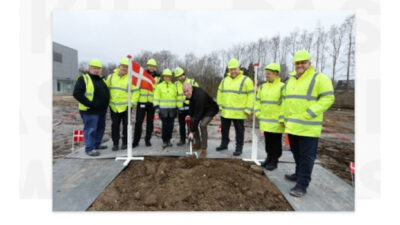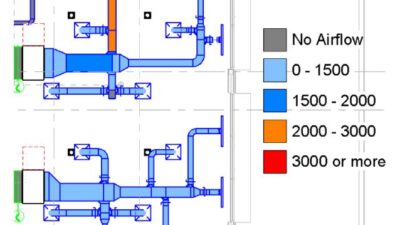Five commonly used project delivery methods.

Foundational to the continued progress of the architecture, engineering, and construction (AEC) industry is superior, cost effective, and timely project delivery. As a core element shaping every project’s outcome, contract methods and delivery models play a critical role in project progression and informing the overall process, while also determining respective levels of stakeholder engagement. As such, industry stakeholders — including owners, engineers, architects, contractors, and subconsultants — share a collective goal to continuously advance delivery methodologies, collaborating to identify new and innovative solutions that accelerate, optimize, and enhance project delivery processes.
Accomplishing this goal requires an in-depth understanding of the full spectrum of delivery approach types and their associated risks and benefits. With more than 40 years of experience of demonstrated engineering and design excellence, Affiliated Engineers, Inc. (AEI) brings unmatched project management and leadership across the entire continuum of delivery models.
5 Common Delivery Methods
Though not indicative of all of AEI’s project delivery methods, these five are commonly used.
- Design-Bid-Build
- Design-Build
- Construction Manager at Risk (CMAR)
- Integrated Project Delivery (IPD)
- Public Private Partnership (P3)

Design-Bid-Build
Design-Bid-Build completes the project in phases. The owner first hires the design team (architects and engineers), and the team completes the design through 100% Construction Documents (CDs). The complete construction set is then sent out to bid to multiple contractors. A contractor is selected and hired by the owner. During the construction phase, the architect and engineer provide responses to Requests for Information (RFI’s) and review submittals, but design iteration/advancement beyond the Construction Document set is typically limited.


Design-Build
The Design-Build model is becoming increasingly popular for some clients. This method puts the contractor at the forefront of the project from early on. The engineer/architect teams are hired by the contractor, who is hired by the owner. This allows the contractor to influence design decisions, such as construction strategy and cost-savings measures. It also allows the contractor and design engineers/architects to collaborate earlier on in the design, resulting in efficiencies gained through simpler long-lead packages and optimized schedules.



CMAR
While similar to Design-Bid-Build, the Construction Manager at Risk (CMAR) model aims to bring a construction manager on board during the design phase. The intent of engagement at this stage is to include the Construction Manager (CM) for critical cost and constructability feedback before construction would commence.

IPD
Integrated Project Delivery (IPD) projects aim to implement contracts that create a shared risk/reward system among contractors and designers based on financial outcomes of the project.
This method seeks to remove barriers affecting collaboration and innovation while aligning collective incentives for the project team, and signing all under a Multi-party Agreement.


P3
The Public Private Partnership (P3) model involves a contract established between a government or public entity and a private corporation to fund, construct, or renovate, and typically operate and maintain public infrastructure. In return, the private entity will receive income that is generated from the project (for a pre-determined time period) in order to pay back, and eventually profit from, the initial investment.
This originally appeared on Affiliated Engineers’ website. Affiliated Engineers is a CFE Media content partner.



